Hand & Wrist
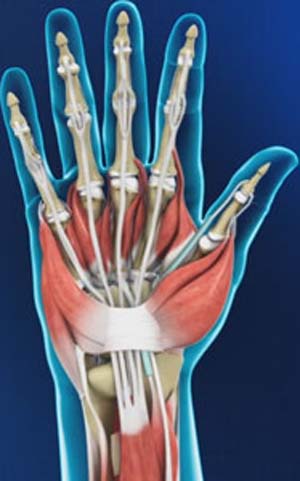

Hand Anatomy
The human hand is made up of the wrist, palm, and fingers and consists of 27 bones, 27 joints, 34 muscles, over 100 ligaments and tendons, and many blood vessels and nerves.
The hands enable us to perform many of our daily activities such as driving, writing and cooking. It is important to understand the normal anatomy of the hand to learn more about diseases and conditions that can affect our hands.
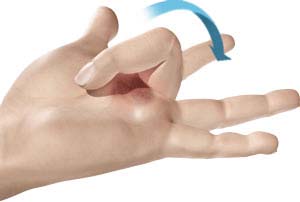
Trigger Finger
The ability to bend the fingers is governed by supportive tendons that connect muscles to the bones of the fingers. The tendons run along the length of the bone and are kept in place at intervals by tunnels of ligaments called pulleys. When the fingers bend, or are straightened, a slippery coating called tenosynovium helps the tendons smoothly glide through the ligaments with reduced friction.
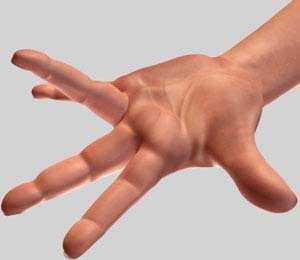
Dupuytren’s Contracture
It is caused from excessive production of collagen which is deposited under the skin. It commonly occurs in the ring finger and little finger. Occasionally, the middle finger is affected, but the thumb and index finger are rarely affected. Dupuytren’s contracture is a condition that usually progresses slowly over many years and is not usually painful. However, some cases may progress rapidly and be painful to the patient.
The most commonly observed symptoms of Dupuytren's contracture are lumps or nodules in the palm of the hand, difficulty in straightening the fingers, and contracture of the nodules which form tough bands under the skin.
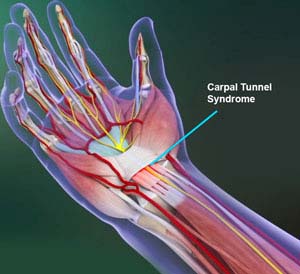
Carpal Tunnel Syndrome
Carpal tunnel syndrome is a common, painful, progressive condition that is caused by compression of the median nerve at the wrist area.
Common symptoms of carpal tunnel syndrome include numbness and tingling sensation in all the fingers except the little finger; pain and burning sensation in hand and wrist that may radiate up the arm and elbow; and weakness in hand with diminished grip strength.
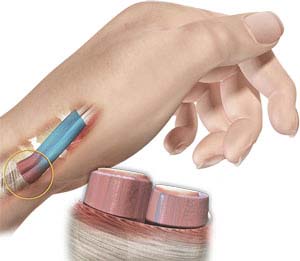
De Quervain’s Tenosynovitis
The muscles and bones of the hand are connected by thick flexible tissue called tendons. Tendons are covered by a thin soft sheath of tissue known as synovium. Extensor pollicis brevis and abductor pollicis longus are two tendons located on the thumb side of the wrist. Inflammation and swelling of the tendon sheaths put pressure on the adjacent nerves and leads to pain and numbness in the thumb side of the wrist.
Strain on these tendons can cause swelling and irritation and lead to a condition called De Quervain's tenosynovitis, which is characterized by inflammation. The condition is also referred to as De Quervain’s tendinitis, De Quervain’s tendinosis, De Quervain’s syndrome, or De Quervain’s disease.
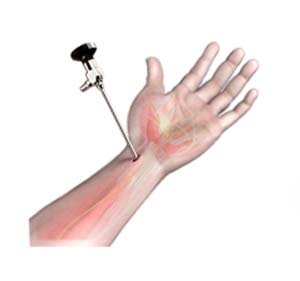
Arthroscopic Wrist Surgery
Your wrist is a complex joint made up of eight small bones called carpal bones. These bones are supported by connecting ligaments. Various conditions can affect your wrist joint such as carpal tunnel syndrome, osteoarthritis and others.
Wrist arthroscopy is a minimally invasive surgical procedure performed to view, diagnose, and treat problems of your wrist joint.
Wrist arthroscopy is usually performed under regional anesthesia. You will be awake but will feel no sensation in your hand and arm during your procedure. You may be given a sedative to keep you relaxed.

